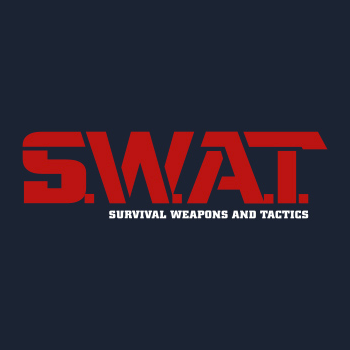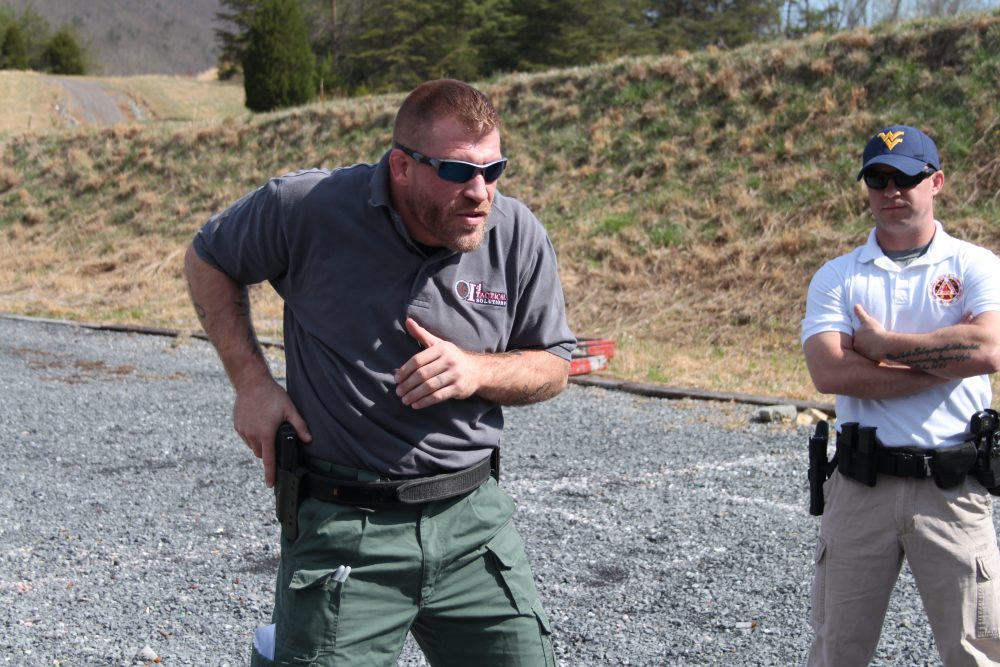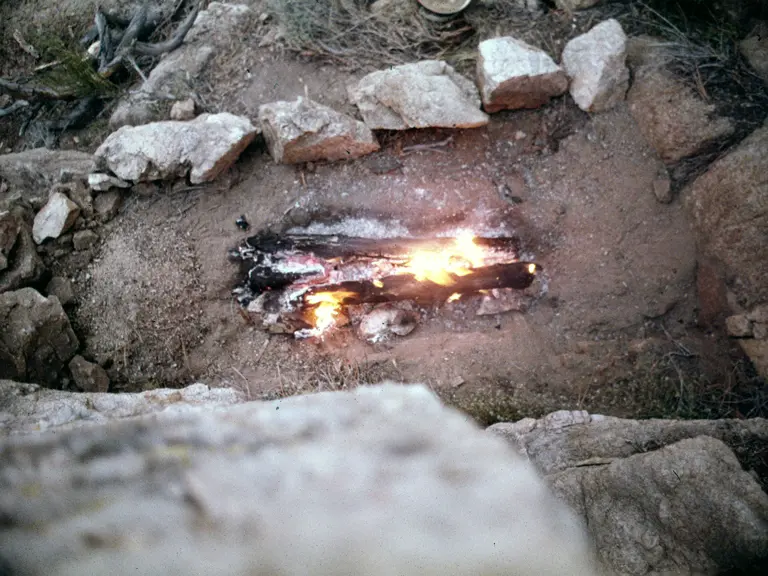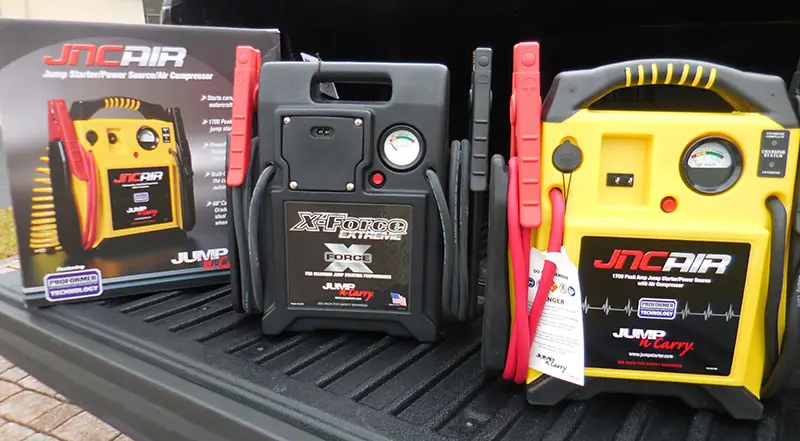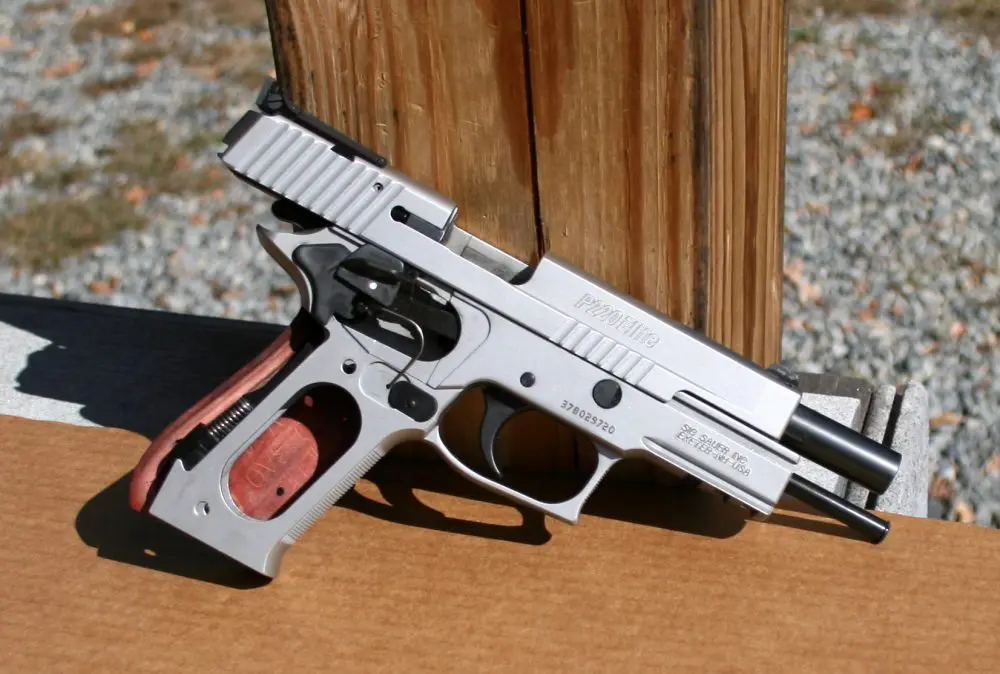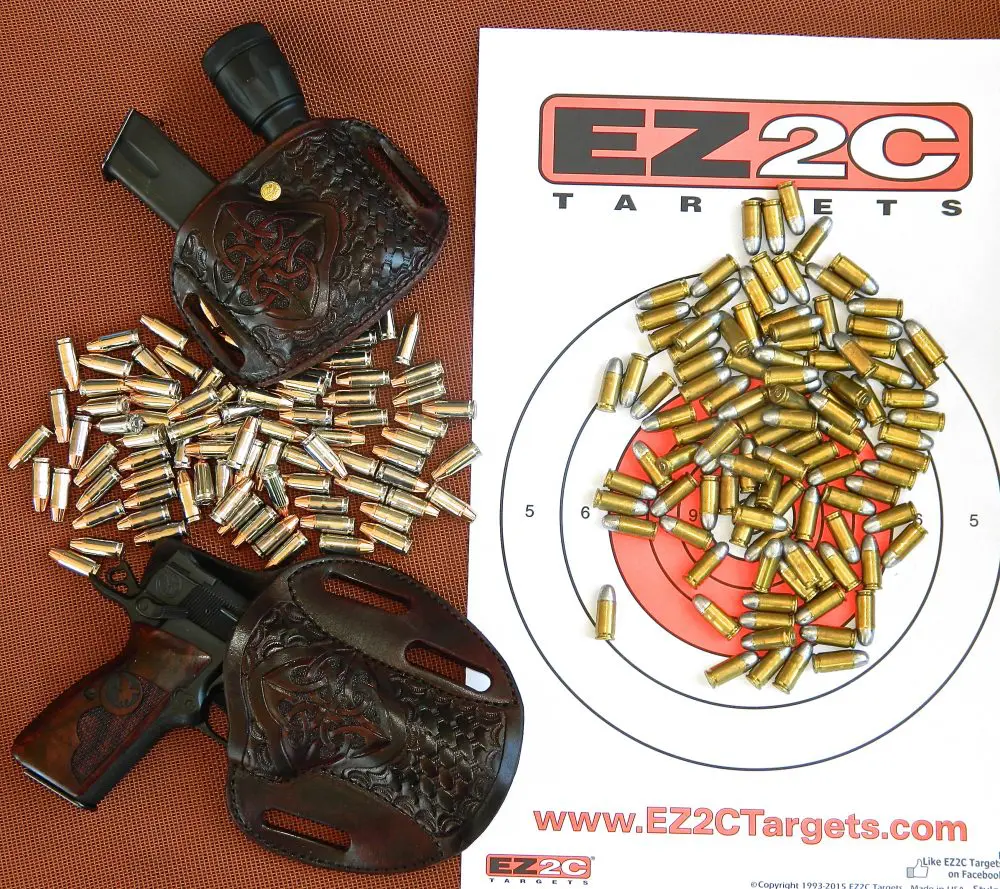As I have said many times, the best investment you can make when it comes to firearms and tactics is attending training from a reputable instructor. The following are just a few DOs and DON’Ts when attending a training course.
DO be an empty cup when you arrive. You’re there to learn new (or sharpen existing) skill sets. Forget what you have learned previously and listen to what the instructor is teaching now.
DON’T be “that guy” and babble on and on about what you learned from a different instructor somewhere else. If the other instructor is so great, pack up your kit and go back to him, so you won’t detract from what is currently being taught.
DO ask questions. That’s why the instructor is there, and chances are someone else in class may have the same question.
DON’T take questions to absurd hypothetical lengths: “OK, we know how to confront one bad guy and two bad guys, but what if ET comes down with all his friends, and they have force fields and laser guns?” (Don’t laugh—I heard a question very close to this posed during a course)
DO bring an extra firearm to class (of the same type as your primary if possible) so in the event the first develops problems, you can continue on.
DON’T make excuses for your firearm, e.g., “This gun has never malfunctioned before!” The instructors and other students have probably heard this a hundred times. It’s malfunctioning now—put on your big boy panties and drive on.
DO bring extra batteries of the correct size for every electronic device you have with you: EarPro, optics, flashlights, etc.
DO put your EarPro on backwards if it’s electronic. The paper target to your front has nothing to say—the instructor behind you does.
DO bring quality magazines. Junk “practice” mags will not allow you to keep up with the class but will limit your training opportunities.
Along the same lines, DON’T save those “new in the wrap” mags for a rainy day. Make sure they work before the storm comes (yes, new mags have been known to fail abysmally).
DO bring more ammunition and loaded magazines than the course calls for. Having extra loaded mags may allow you to get back on the line and get in more shooting and training.
DO bring water and electrolyte drinks to stay hydrated. If you become dehydrated, you may experience fatigue, weakness and headaches, none of which are conducive to learning or peak performance.
DO bring snacks.
DON’T eat a heavy meal during lunch or dinner break, as you may feel fatigued when training resumes.
DO bring rain gear as well as lighter clothing. The only thing more certain than death and taxes is that the weatherman will be wrong.
DON’T show up with “cool guy” gear that you will never use in the real world.
Above all else, DO have fun, learn a lot and enjoy the camaraderie that builds in classes.
Until next time, stay low and watch your back.
Denny Hansen
